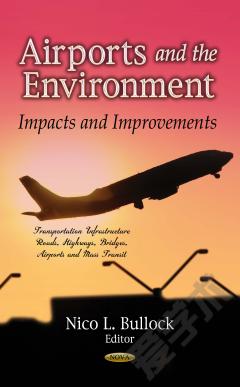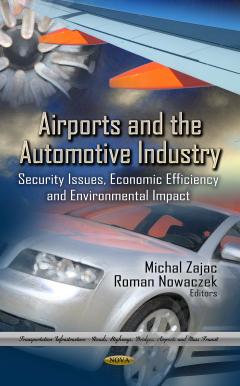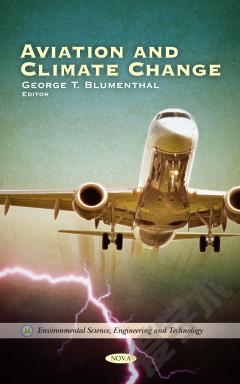Airports and the Environment: Impacts and Improvements
Balancing the capacity enhancing needs of the national airspace system with the need to protect the environment can be challenging. The FAA estimates that the annual number of passengers traveling by air in the United States will grow from 750 million in 2012 to over 1 billion by 2023. It also forecasts a corresponding 20 percent increase in the number of flights, which could add to existing flight delays and air traffic congestion. Even while the aviation system has grown and continues to grow, airports have sought to limit the environmental impacts generated by their construction and operations--such as noise, water, air, and waste pollution--in part, to meet applicable legal requirements. However, airports' environmental impacts have been a source of friction with neighboring communities. This book addresses the actions that airports have taken to reduce the environmental impacts of airport operations and development; and the strategies they can adopt to mitigate delays in implementing capital projects and operational changes.
{{comment.content}}








 京公网安备 11010802027623号
京公网安备 11010802027623号